Vietnam South Central Coast is the southern part of Central Vietnam. This region consists of eight provinces with an area of over 44,000km2, accounting for 13.4% the whole area of Vietnam, and a total population of over 8 million, representing about 10% of Vietnam population. Vietnam South Central Coast is one of the most advantageous regions in Vietnam having a great tourism potential. Economy in this region is relatively developed with strengths of both natural and social conditions. South Central Vietnam attracts both domestic and international tourists not just by its marvelous seascapes, but also a various traditions in the harmonic combination with Vietnamese culture.
Area: nearly 44,400 km2
Population: nearly 9 million of people
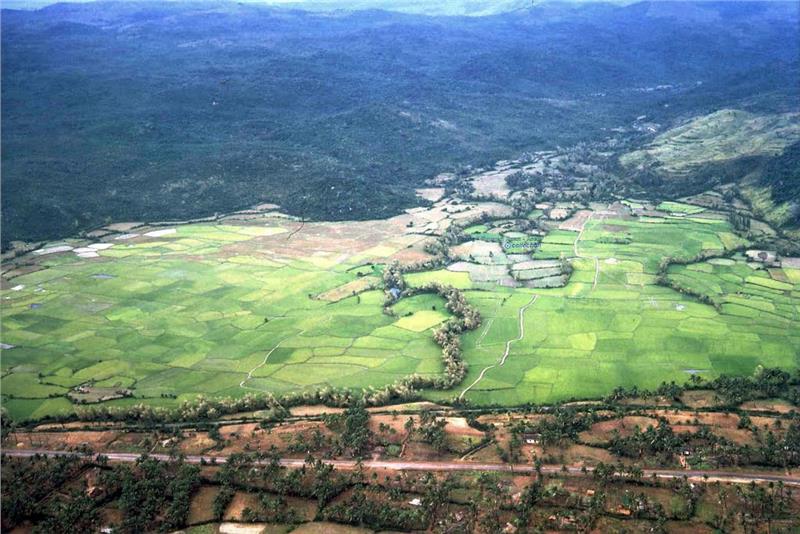
The narrow South Central Vietnam territory is located in the eastern area of southern Truong Son Mountain Range. The northern part of the region is limited by Bach Ma Mountain – a natural boundary between North Central Coast and South Central Coast. To the south of the region is the Southeast Vietnam. The seaward horizontal mountain chains split the region into narrow coastal plains, creating a series of spectacular peninsulas and bays with beautiful beaches. Climate in South Central Coast is characterized by rainy season and dry season. Autumn and winter are rainy season, while summer is featured by Foehn phenomenon. As being located near the sea, there is a great potential for the region to develop fisheries and aquaculture. Major minerals in this region are building materials, especially sand for producing glass in Khanh Hoa, Bong Mieu gold in Quang Nam, and oil in arctic continental shelf in the South Central of Vietnam. The forest area comprises over 1.77 million hectares. The covering proportion of forest is 38.9%, 97% of which is wood forest with many rare and precious woods, birds and mammals. The area of delta is narrow with sandy soil. The most fertile plain in this region is Tuy Hoa Delta in Phu Yen. South Central Coast region has a convenient economic geographical location. It is situated in the axis of roads, railways, air and sea. It is near Ho Chi Minh City and the key economic triangle of the Southeast Vietnam. Also, it is the gateway of Central Highlands and the inter-Asian route to international maritime routes.
From 1000 BC to 200 AD, South Central Coast was dominated by Sa Huynh Culture. Many remains of this ancient civilization were found in Sa Huynh, Quang Ngai Province. Hue used to be the political center of this region. The South Central Coast region in Vietnam is also the historic territory of Champa. All political centers of Cham kingdom were situated in the region. Some of the earlier capitals, as well as the religious center are located in Quang Nam Province. Owing to being defeated by Dai Viet in the past, the political center moved further to the south, particularly in Binh Dinh Province. In 1471, Champa had to evacuate to the southern part – the present-day Phan Rang (in Ninh Thuan Province), but much of Cham people continued to exist as a sort of protectorate within Vietnam for some time.
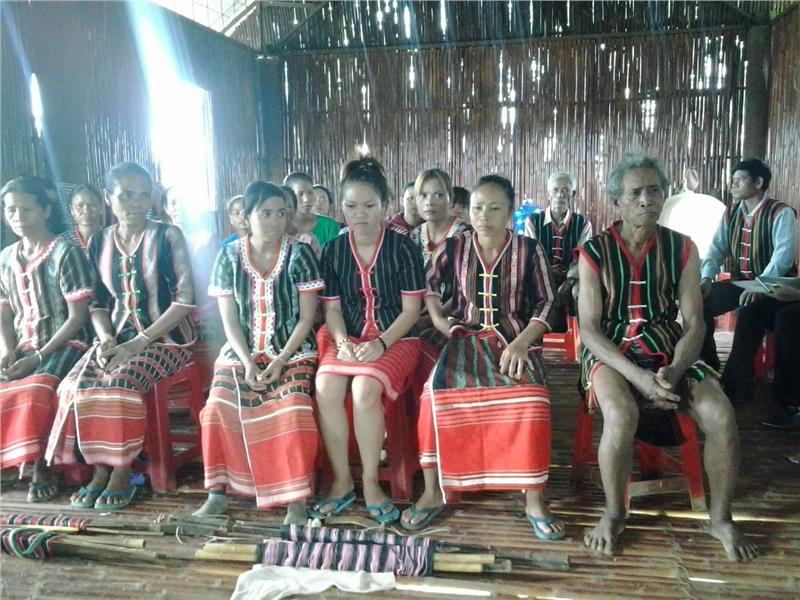
31.6% of population in South Central Coast resides in cities and towns. More than 50% of urban population in this region lives in Da Nang, Khanh Hoa and Binh Thuan, while over a half of rural population lives in Quang Nam, Binh Dinh and Quang Ngai. The average population growth ranged about 1.22% during the period of 2000-2007. The fastest population growth rate is recorded in Da Nang with 1.95%, followed by Quang Nam, Quang Ngai and Binh Dinh with the slowest rate of around 1%. Meanwhile, the figure of four other provinces averaged between 1.26% (in Khanh Hoa Province) and 1.59% (in Ninh Thuan Province). Ethnically, the population of South Central Coast is dominated by Vietnamese people (or Kinh group). Besides, some ethnic minorities residing in this region are the Cham with the most proportion. Cham people shelter mostly in lowlands near Phan Rang, Binh Thuan, and Binh Dinh. Other minorities such as Xtieng, Ma, and Ede live mostly in the mountainous area in the west. People in this region are industrious, economical, and eager to learn, which provides Vietnam labor market a high-qualified workforce.
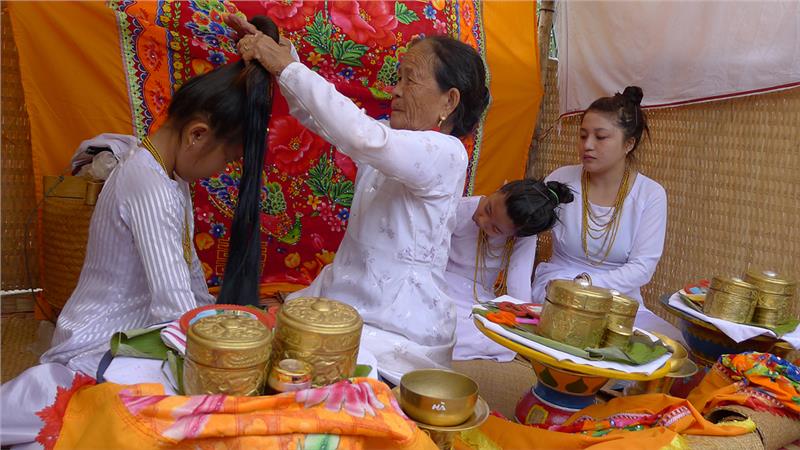
Featuring a variety of interlaced terrain in the same strip of topography including islands and valleys, the cultural space of the South Central Coastal region is a typical place where island culture, coastal culture, rural plains culture and mountainous midland culture are various. Like other regions in the country, Vietnamese culture in South Central Coast expresses in local cultural life with its customs, habits, beliefs, and folk festivals. As living near the sea, culture in this region is characterized by habits and customs related to coastal culture. Typical cultural customs, beliefs and rituals are worshiping sea god, sea folklore dancing and singing. Culture in this region is also reflected through in language, dialects, change in working tools, fishing tools, aquaculture production, and changes in costumes and cuisine.
More than 80% of Vietnamese people reside in South Central Coast of Vietnam. Thus, most of them speak Vietnamese as their mother tongue. Yet, dialect in this region is different from that in other regions. The main dialect in South Central Coast in particular and in Central Vietnam in general is Annamese, along with some local dialects in Da Nang, Quang Nam, Quang Ngai, Binh Dinh, and Phu Yen. These local dialects and vocabularies are often used within a certain community. When communicating with people in other regions, people in South Central Coast speak Vietnamese with ordinary vocab but different tones.
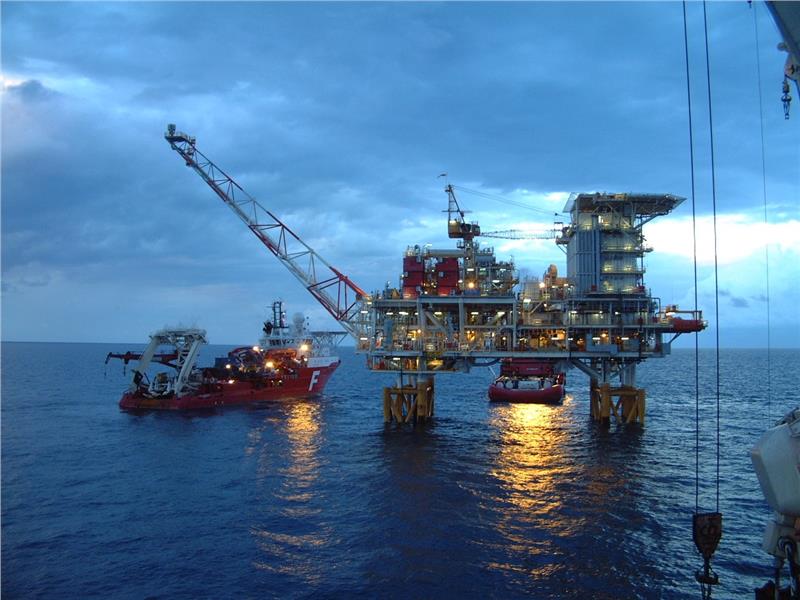
Vietnam economy in South Central Coast has been an agricultural economy. This can be a thumbnail image of Vietnam economy. The region has the same features in the historical development of the country such as wet rice agriculture, processing industry, handicrafts, forestry, fishery, mining, and tourism. However, the level of technique, living standard is still low compared with other regions in Vietnam. Undergoing 20 years of innovation, the economy of South Central Coast has gained significant steps towards the development of socialist-oriented market economy with various types of services and commodities. Up until now, agriculture is still an important economic sector in this area. By 2005, the production value of agriculture accounted for a large proportion of over 30% of South Central Coast’s GDP. Facts have shown that agriculture continues to be a major producing sector, directly serving living condition of the major population in South Central Coast. Husbandry in the region is developed in small scale, mainly in household scale. Fishery, aquaculture and seafood processing industry are well-developed industries. In recent years, exports of seafood products increase significantly.
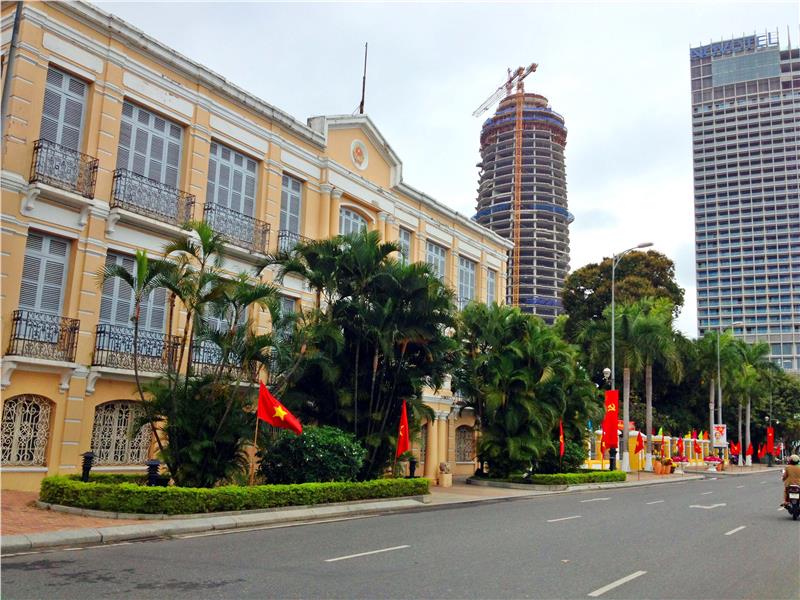
South Central Coast Vietnam includes Da Nang – independent city and other 7 provinces: Quang Nam, Quang Ngai, Binh Dinh, Phu Yen, Khanh Hoa, Ninh Thuan, Binh Thuan, and two offshore islands – Hoang Sa Island (Paracel Island) and Truong Sa Island (Spratly Island). This region plays an important part in national security and defense of Vietnam. The South Central Coast is the strategic political, economic, social area. Also, it has important advantages in expanding economic exchange between Central Highlands, Laos, Cambodia, North East Thailand, Myanmar, East-West corridor door and international maritime routes. Therefore, politics in this region is highly appreciated.
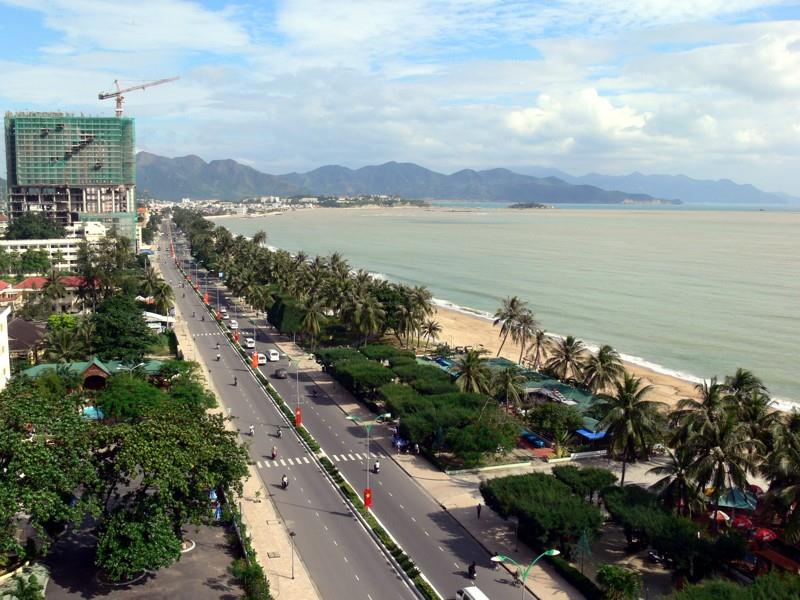
The region is inhabited by different ethnic groups, including the Kinh group accounting for about 90% of the region’s population. The minority groups have a low cultural and intellectual level. Their economic activity is backward. They mostly live in highlands and mountainous areas where they are facing many difficulties. The mix of residents between ethnic groups in the region has contributed actively to promoting socio-economic and cultural development of mountainous areas, making a self-sufficient and self-funding economy enter the orbit of commodity economy. Besides, the difficulty of natural conditions creates solidarity and strength in community relations People in this region cooperate to fight, survive and develop. Solidarity, mutual love and help are always upheld in the community as a good tradition and a fundamental criterion for evaluating human dignity. In rural areas, though market mechanisms are knocking on each household and affecting their lifestyle, but their traditional culture remains vividly, creating a unique cultural life in Vietnam.
Tourism
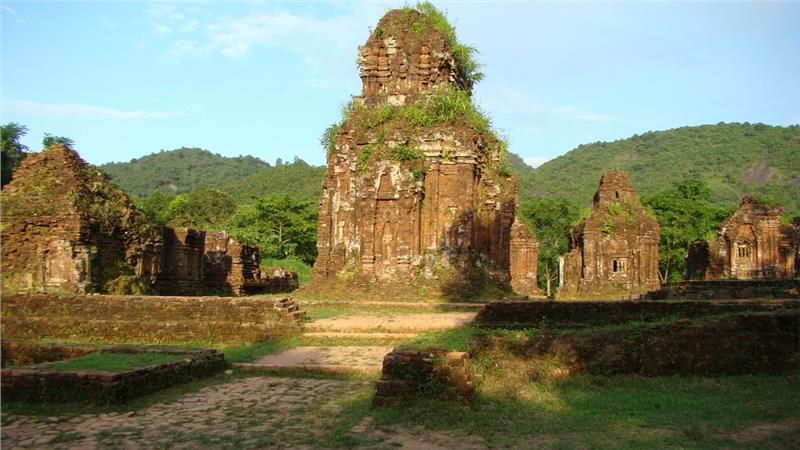
With the advantage of having many world-famous natural landscapes and historical cultural relics, and an area of sea and islands stretching over 700km, South Central Coast has many conditions to develop a comprehensive tourism and service industry. The development of tourism in South Central Coast is increasingly improved with the advantages of many beautiful and clean beaches, wonderful landscapes, seascapes, and historical relics such as Son Tra Peninsula, My Khe Beach, Bac My An Beach, Non Nuoc Beach, Cua Dai Beach, Quy Nhon, Van Phong Bay, Nha Trang, and other popular places. Tourists come here not only to enjoy incredibly cool, fresh atmosphere with turquoise waters, azure sky and white smooth sandy beaches. Every year, attractions in this region captivate millions of tourists of both domestic and international. That is a tremendous economic resource for residents in this region. In addition, many mountain ranges running close to the sea create bays with spectacular, charming, and poetic scenery in the harmony with a fresh environment. All of these above upsides create a good condition for the development of tourism in this region.
Festivals
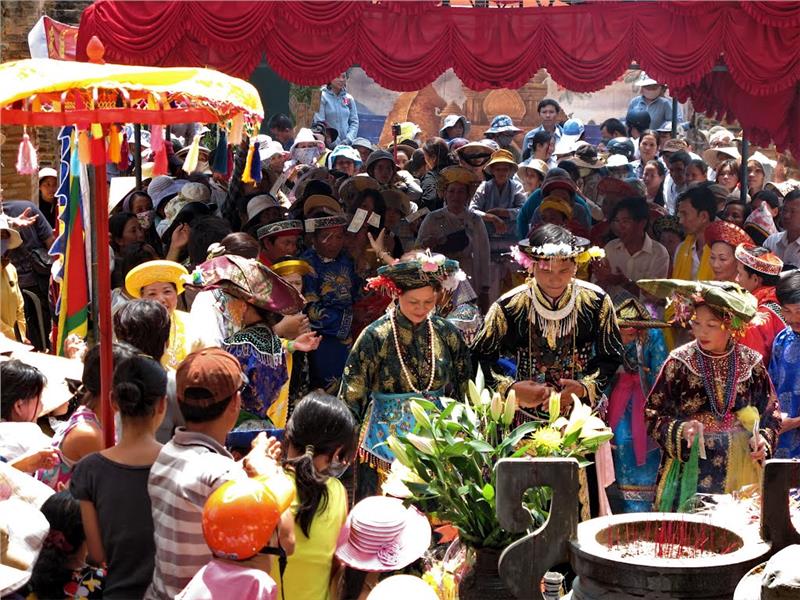
Festivals are long-standing cultural activities in Vietnam in general and in South Central Coast in particular. Vietnamese festivals in South Central Coast have a charismatic strength to all classes of people, and become an indispensable spiritual “meal” of the local people for centuries. Today, in South Central Coast, there are many traditional festivals activities such as Racing Boats Festival, Cau Ngu Festival, Hon Chen Temple Festival, Hue Festival, Po Nagar Temple Festival, etc. Through a large of festivals, the majority of festive activities are associated with religious life of the local people. In addition to the traditional festivals originated since the past, there are many contemporary cultural festivals and tourism festivals held in different localities in the region to meet the cultural needs of local people and to attract tourists, serving for the development of tourism.
